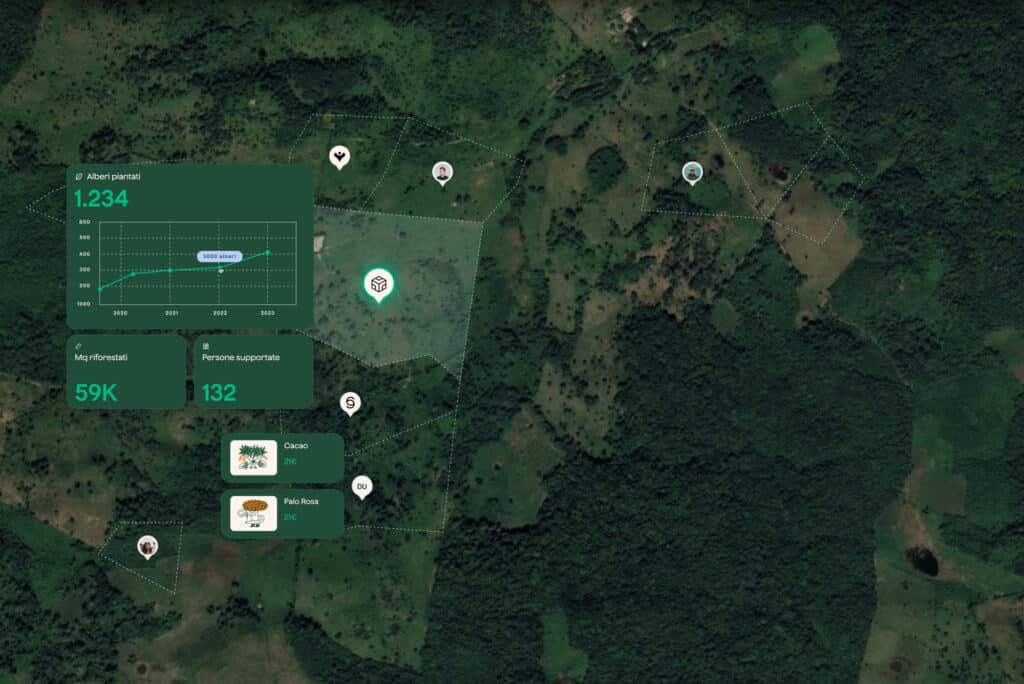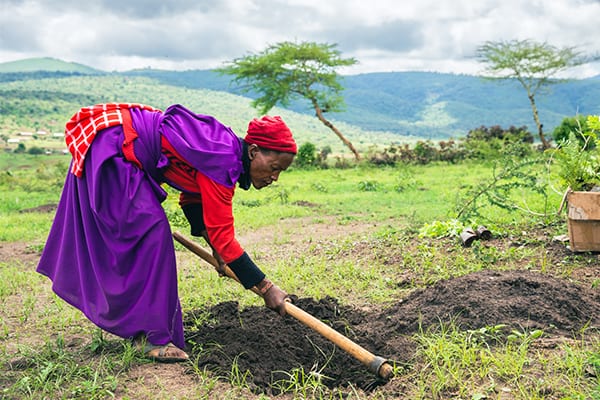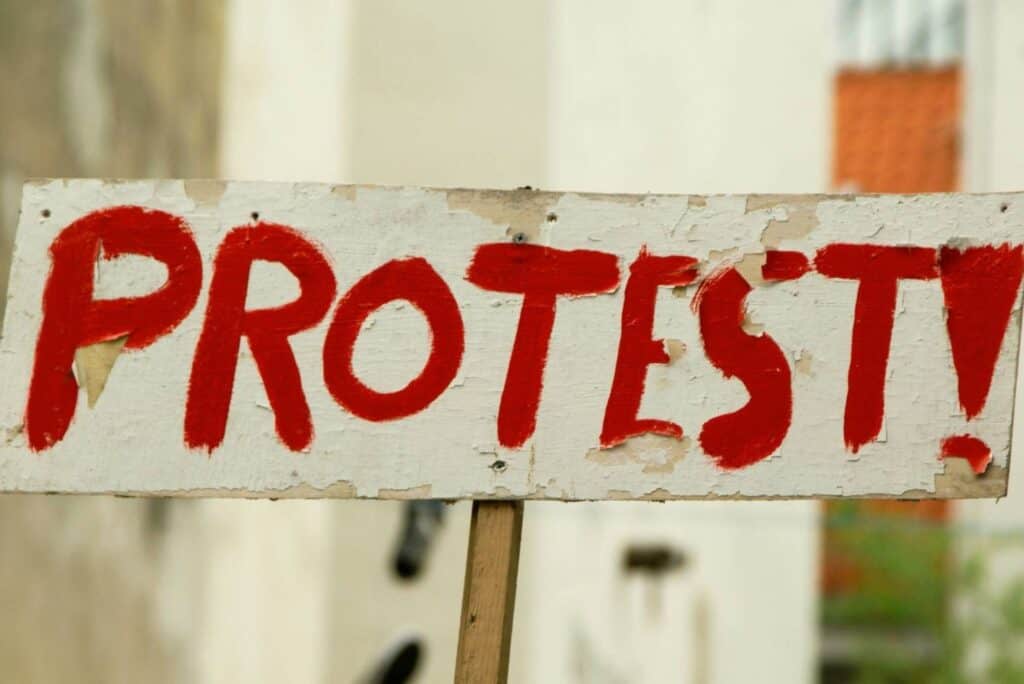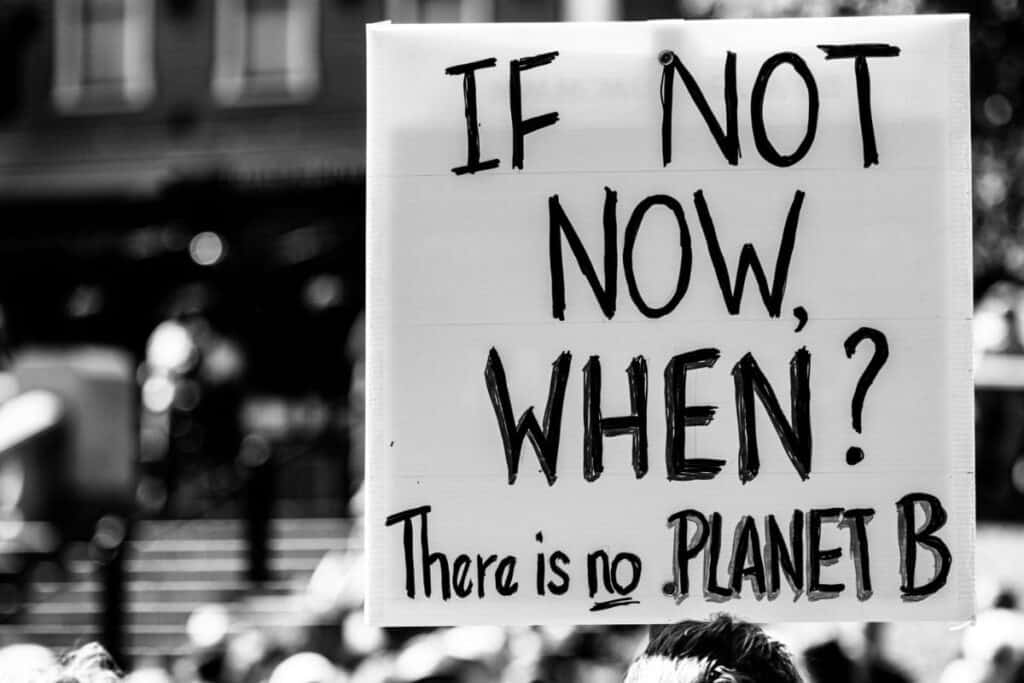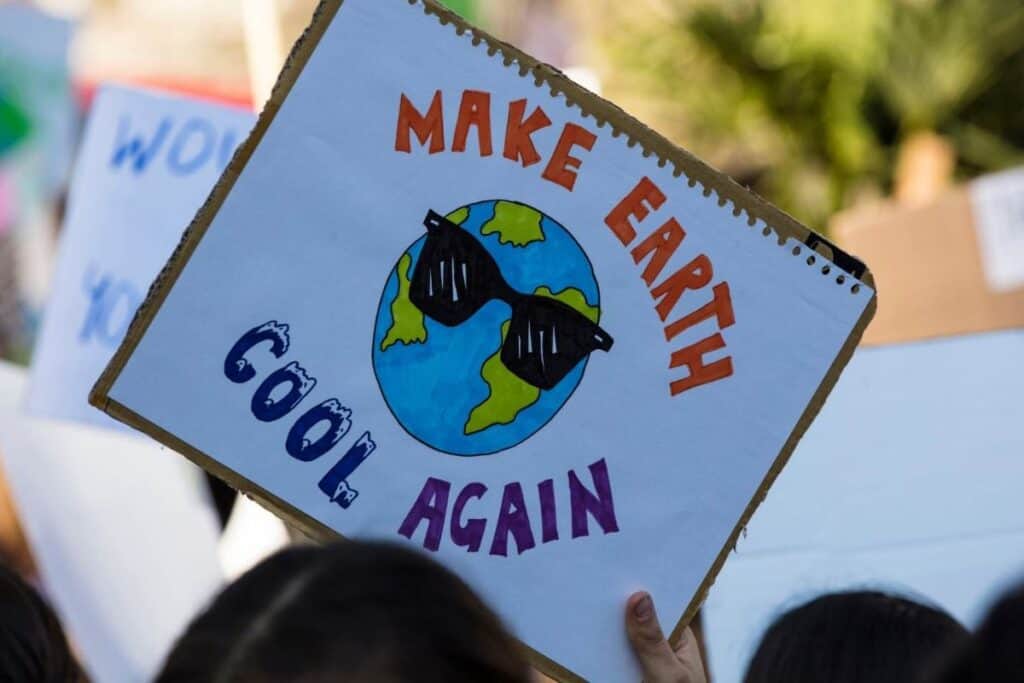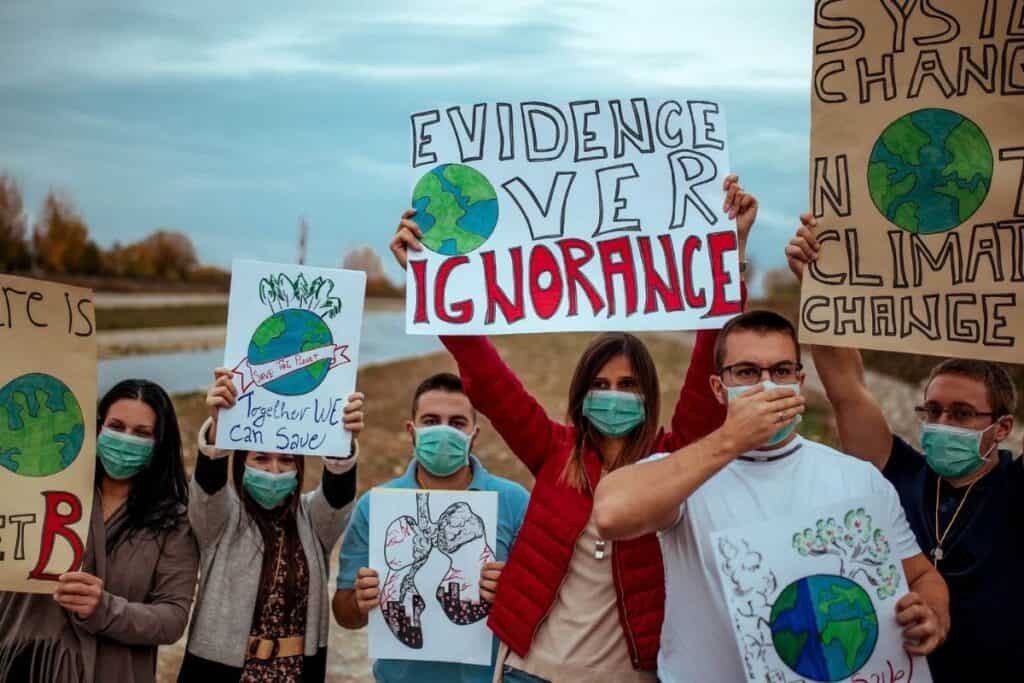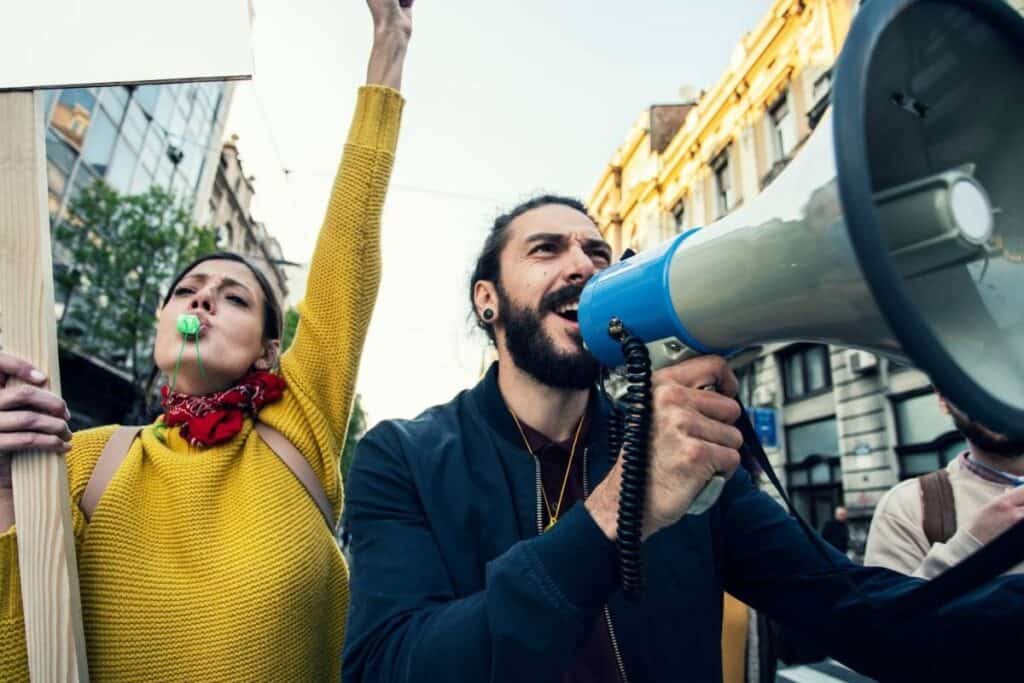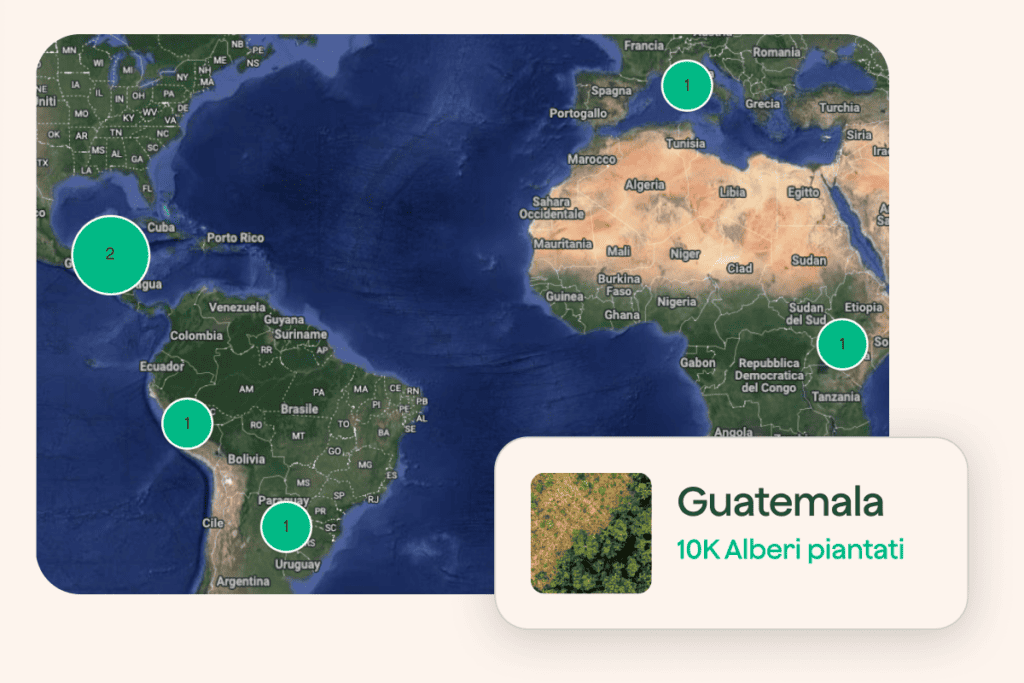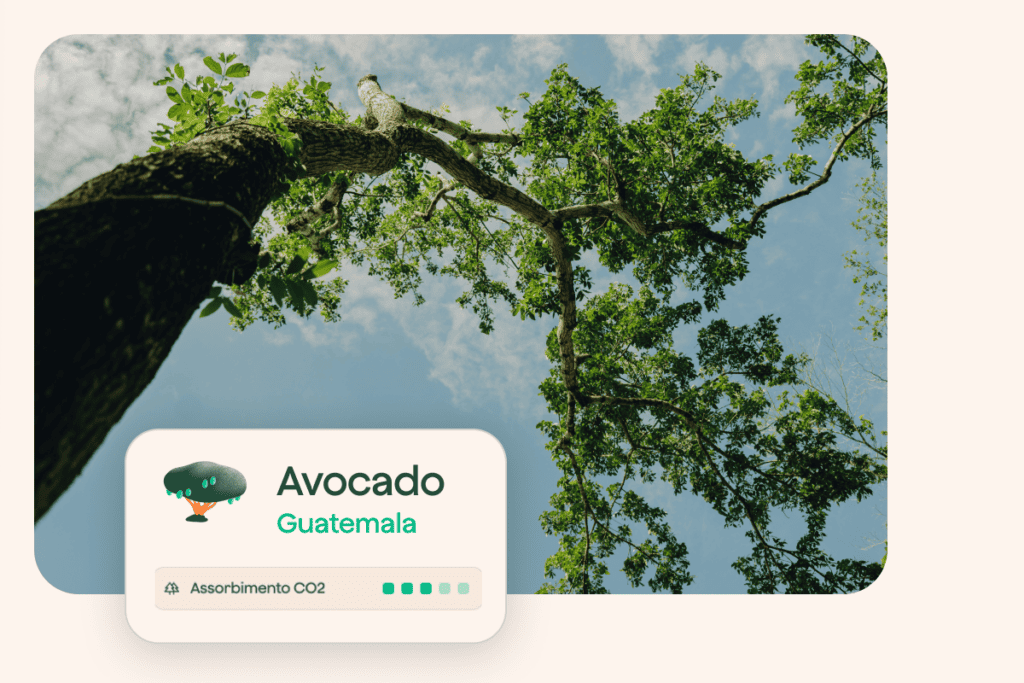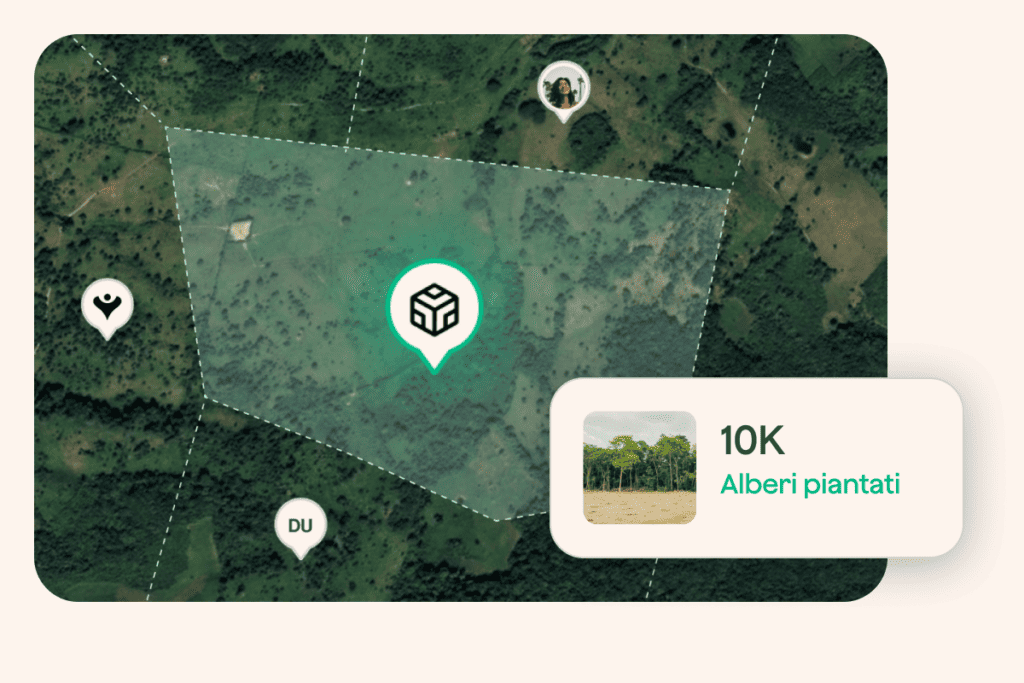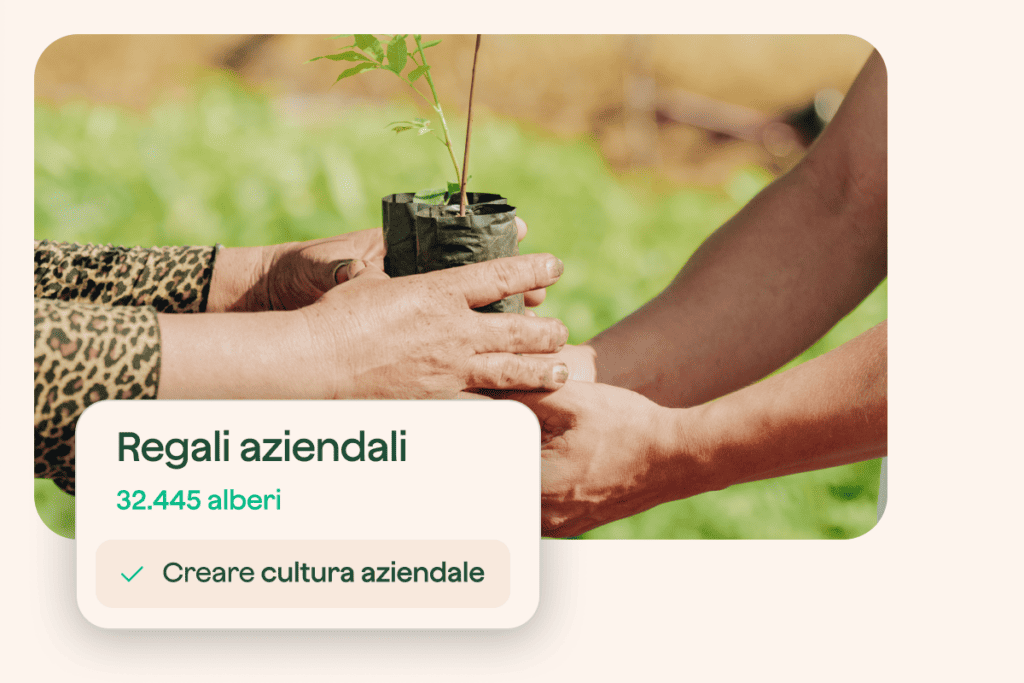We already talked about how the LGBTQ+ and environmental movements both challenge the status quo and try to spark change. Still, they also have another feature in common: the digital eco those movements have on social media and digital activism risen against injustices.
Digital activism entails collective actions that occur through digital devices and social networks. This kind of activism allows individuals to connect to a core cause but also has the power to create bonds between people at all levels of society and in multiple countries.
Within a broader media ecology, social media amplifies political messages, increasing both individual and collective consciousness about a determinate cause. Those platforms are not simply used for communicating about a cause: they are also useful tools for producing and spreading meaningful content as part of a broader struggle leading to social change through online and offline means (Treré and Kaun, 2021).
Activism on social media would then support people who were denied a voice to speak up and challenge the power structures in place while also developing a sense of belonging to a broader community. For example, digital activism is the means through which “in the face of a global problem, the environmental crisis is once again becoming part of the world’s political agendas” (Faro digital 2019). Digital activism is therefore an extra tool through which citizens and communities can exert pressure on governments and international institutions to readdress climate change in political debates. This bottom-up approach to bringing about social or political change is the very end goal of digital activism.

